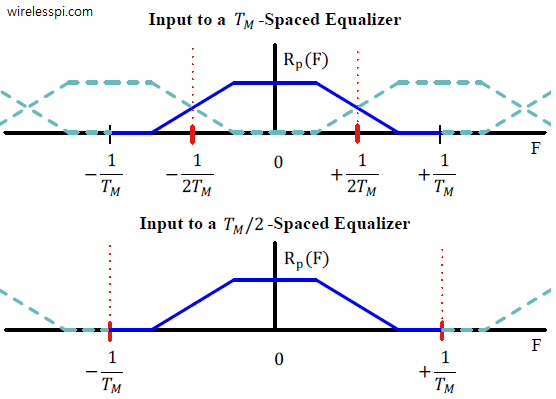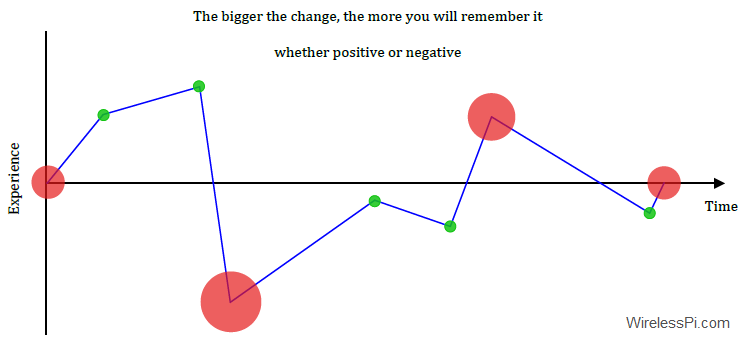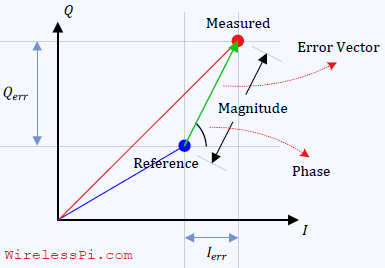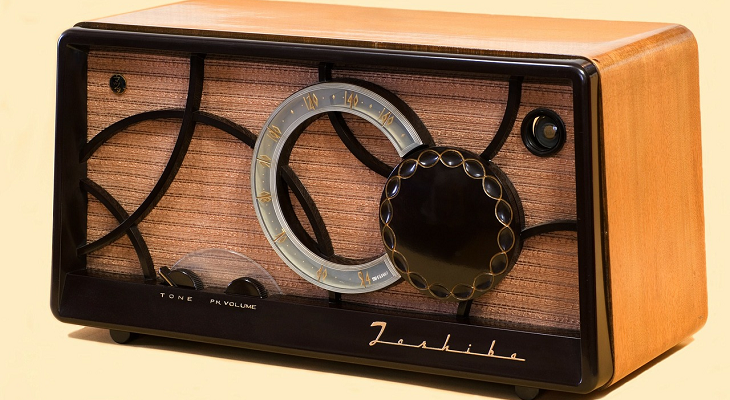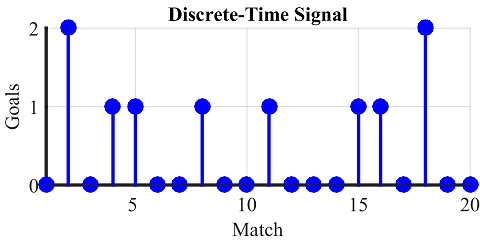We have seen before how a wireless channel distorts the Rx signal. The main task of DSP/comms engineer is to remove the Inter-Symbol Interference (ISI) from the Rx samples and recover the correct symbols. Equalization refers to any signal processing technique that eliminates or reduces this ISI before symbol detection. The output of an equalizer should be a Nyquist pulse for a single symbol case from which digital data can be recovered. A conceptual block diagram of such a process is shown below. The equalizer performs the bulk of the signal processing operations required at the Rx for proper demodulation.
Continue reading